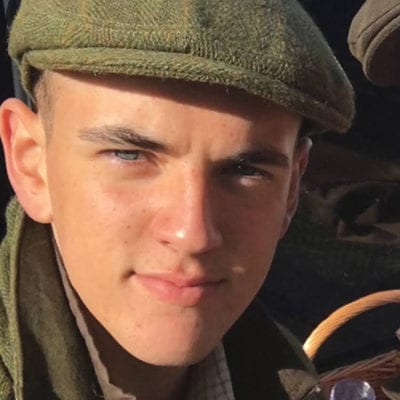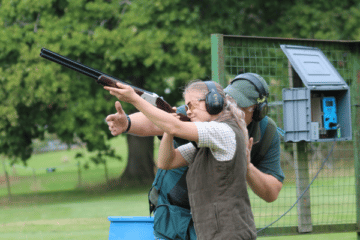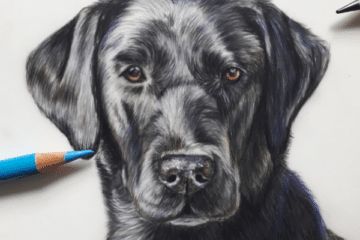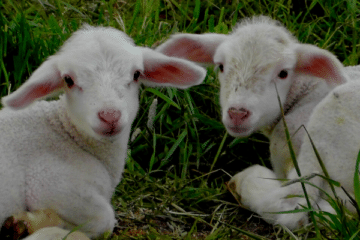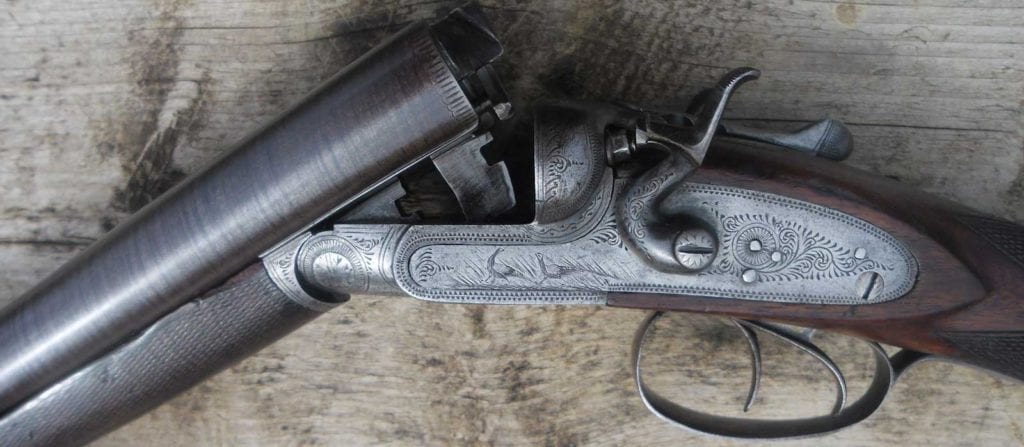
A Young Shot’s perspective
I am an 18-year-old Young Shot, who has been involved in shooting for ten years. I have already experienced 90 per cent of live quarry shooting disciplines, from wildfowling and pigeon decoying to lamping and deer stalking. In the future, would like a career in shooting, whether that be gamekeeping, estate management or representing a shooting organisation. I am very passionate about fighting for a safe future for shooting.
What’s the fuss all about?
I have witnessed a lot of issues being discussed on shooting forums and social media platforms. There seems to be a lot of conflict about decisions made to protect the future of shooting. I decided to read into the background behind the decisions made by shooting organisation to really understand them. After some research, I know they really do make sense. This has made me realise that the future of shooting is worrying, but this is due to some individuals in the shooting community being unwilling to accept changes backed up with valid facts. If this blinkered mindset of the past carries on, there will be no safe future for shooting.
This way of thinking is behind many of the issues. It’s easy to let our emotions win and argue that “we have always done it like this” or “if they take one thing then soon they will take the rest”. This causes huge problems as some people are unwilling to adapt and change with the modern world.
Think about the wildlife we are here to protect
This was especially apparent when the nine shooting organisations released the statement on phasing out lead shot and plastic wads within the next five years for all forms of live quarry shooting with a shotgun. The movement started because of a few things that meant transition to non-toxic shot became necessary. One of the points being that lead shot was indirectly killing wildlife – 50,000-100,000 wildfowl die each year from lead ingestion and birds of prey which feed on carcasses of shot quarry are also in danger.
Our own health is paramount
The second reason is human health. It has been proven that lead ingestion can affect neurological development in children, for example. Health issues linked to lead cause a huge problem for the selling of game meat in this country (and elsewhere) as people are becoming more health conscious when it comes to food. It now appears that Europe will ban the use of lead shot. This means we will find it hard to export 70 per cent of our game meat to Europe, as we do right now.
Accepting the truth
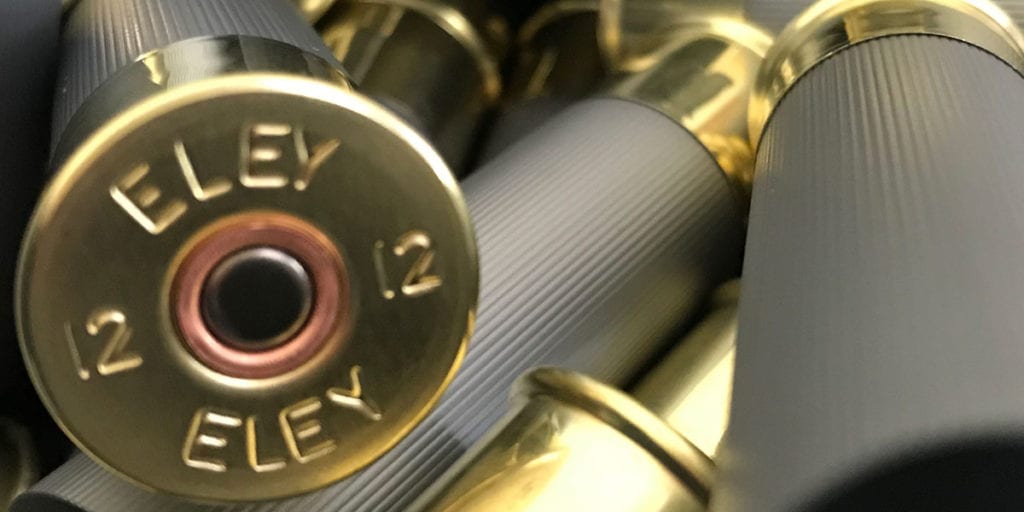
Looking at all these facts, as a young shooter, I agree that, and can justify why, a transition to lead alternatives is needed now. Such changes are crucial if we truly want to secure a safe future for shooting. However, some still cannot get their heads around it and are against the transition. I find it is mainly the older generation of shooters who oppose any change to their routine. This is especially apparent when things like “lead is not toxic”, “steel does not kill as well”, or “you’re making old guns obsolete” are repeated over and over. This spreads misinformation throughout the shooting community. How can anyone nowadays deny the fact that lead is toxic? I recommend every shooter to do a little bit of research before they start to openly oppose certain changes.
Use of steel by wildfowlers
I’m a keen wildfowler, too, and I have shot and seen plenty of ducks and geese shot at 40-50 yards cleanly and effectively with steel shot. If steel shot can cleanly kill a goose, it will definitely kill pheasants.
Making old guns obsolete?
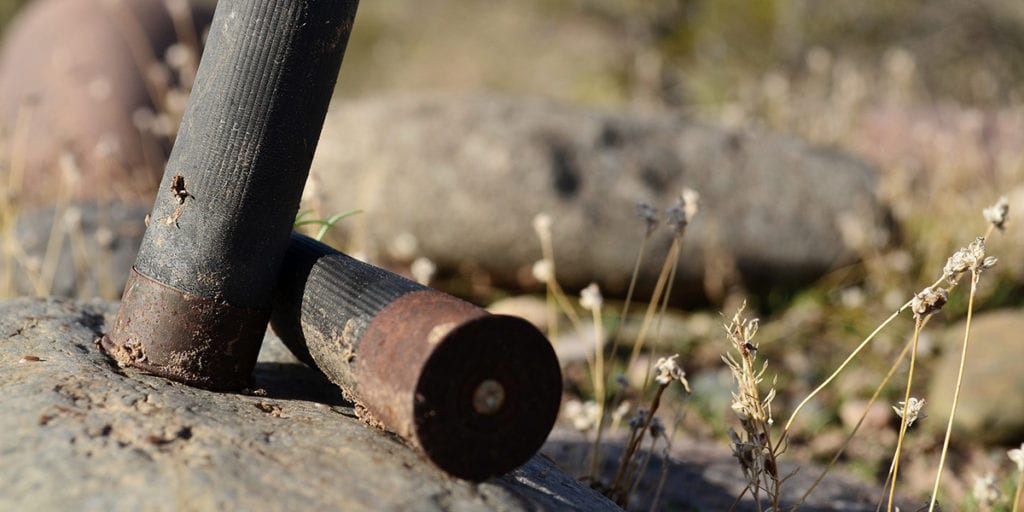
If you think steel will make your old gun obsolete, then you might want to consider whether you should be using it at all. I have the upmost respect for beautiful old guns; they are works of art and my family is fortunate to own some, too. However, if old guns are what could jeopardise the safe future for shooting, then maybe they should be hung on the wall to be admired instead of being used in the field. But shooters can use many old guns, as long as they are nitro-proofed and use no more than half choke. This will only improve with further development of biodegradable steel cartridges.
No place for hypocrisy
Then, we have some people who complain that the transition to steel shot will be the end of ‘extreme’ high pheasant shooting. Let’s focus on that word – ‘extreme’ – how high is an ‘extreme’ pheasant? For some people that might be 50 yards, for some 80 yards, maybe more?
Now think of this – how ethical is it to shoot 80, 90 or 100-yard pheasants? How consistently can any Gun shoot birds this high up? How many are killed cleanly and humanely? And can they then be used in the food chain or would the carcass be too bruised and broken? Is it necessary to shoot high pheasants? Or is it just to show off one’s skill to other Guns? In one breath such people can argue about how important humane kills are for all shooters and then try their luck with an 80-yard bird. It’s hypocritical.
Instead, how about we all aim to consistently kill good 45-50-yard birds? It’s the responsible thing to do. There is no need to shoot birds higher than that.
Remember to ALWAYS abide by the rules set in the Code of Good Shooting Practice.
A safe future for shooting
We need to start looking to the future of shooting and be willing to adapt and change with the world. That doesn’t mean we have to stop certain forms of shooting; however, it does mean that we might have to change some aspects of our sport. We need to promote shooting and all the conservation work it brings and fight for what could undermine such efforts. We need to stop using our emotion to drive our views on things that need to change and go with hard facts instead. Otherwise the points we make are all invalid in the eyes of the society and nothing good will ever come out of stomping, pouting, and shouting…
